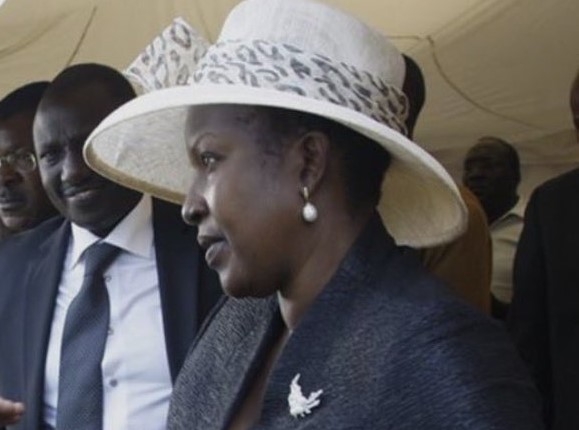Reduced purchases to cope with the rising commodity prices has seen affected retail sector businesses, according to a new consumer index.
The ILAM Consumer Spending Index for the second quarter 2024 shows that businesses dealing in house fittings and restaurants and bars had the highest sales decline of 80 per cent and 55 per cent respectively.
However, there was an increase in sales in the clothing and apparel stores.
Nyeri and Kisumu traders were the worst hit as they struggled with sales recording a decline of 82 per cent and 78 per cent respectively.
This was despite the survey showing that individual spending improved, mainly driven by women and consumers aged between 26 and 35.
According to ICEA LION asset management, senior portfolio manager Richard Muriithi, although Nyeri and Kisumu recorded the highest decline, overall there was a decline in sales in all regions sampled including Mombasa, Nairobi and Nakuru.
“In terms of socio-economic categories, the lower middle-income segment recorded the strongest improvement in spending trends in the second quarter, while the lower income segment had the biggest decline in spending trends," said Murithii
He sad 87 per cent of respondents made purchases using their own income, while 13 per cent relied on credit.
ICEA says individual spending rose by 11 per cent, mainly attributed to the higher cost of items purchased.
Retail business sales trends remained flat between the first and second quarters of 2024 but large and medium-sized businesses saw an improvement in sales during the second quarter.
The report shows that 77 per cent of Kenyans increased their spending on account of increased prices for goods and commodities rather than an increase in shopping basket.
The move to cut down on spending was majorly driven by flat incomes over the review period.
The index shows that half of respondents indicated static income levels over the last year, while 30 per cent reported lower income.
Less than 20 percent of the polled Kenyans saw their incomes rise in the second quarter of 2024 compared to the same period in 2023.
This represented a deterioration from the first quarter of 2024 when 25 percent of respondents noted increases and decreases in their income respectively.
The ILAM Consumer Spending Index monitors consumer spending as a reliable indicator of the current state of the economy.
The index, derived from interviews conducted on 1019 consumers and 187 retail businesses, shows that half of the respondents indicated static income levels over the last year.
Thirty per cent reported lower income and less than 20 per cent saw their income rise in the second quarter of 2024 compared to the same period last year.
This represented a deterioration from the first quarter of 2024 when 25 per cent of respondents noted increases and decreases in their income respectively.
“Respondents working in the manufacturing and education sectors had the highest proportions of improved incomes while those in the trade, transport and logistics sectors had the largest proportion of reduced incomes,” Muriithi added.












